 |
| November 24, 2020 |
Dear Reader,
This is Sophie, tech editor, filling in for Sunya. During a year when severe wildfires tore through parts of the west coast, it's tempting to hope that the burnt-out areas will be safe from future blazes, since their flammable fuel has already been consumed. Unfortunately, a new study suggests that, after a devastating wildfire, an area is more likely to experience another such disaster. In COVID news, there are concrete steps we can take to avoid a complete lockdown, as well as ways to alleviate learning loss for disadvantaged students. Finally, get a buzz from our video about how bumblebees navigate their way past obstacles. |
| |
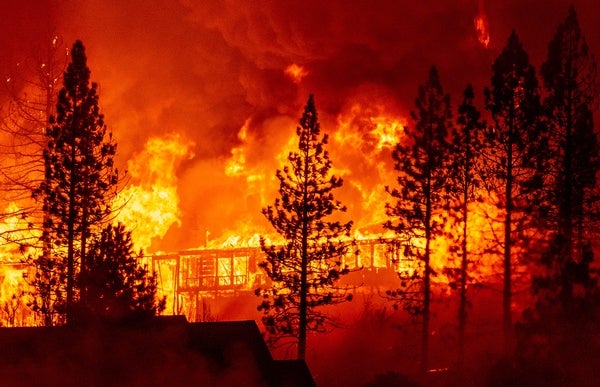 |
| |
| |
| |
| |
| |
| Bumblebees' Self-Image Gets Them through Tight Spots As the bees made their way from flower to flower, they skillfully flew between obstacles, dodging branches and shrubs. These actions seemed to require a complex awareness of one's physical body in relation to one's environment that had only been proven to exist in animals with large brains | | | | |
FROM THE STORE
 | | | |
| |
LATEST ISSUES
 |
| |
| Questions? Comments?  | |
| Download the Scientific American App |
| |
| |





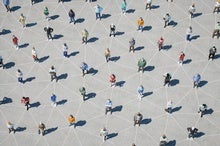
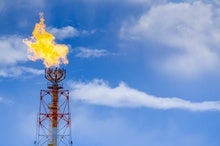
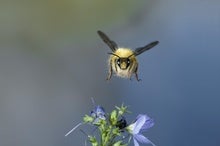
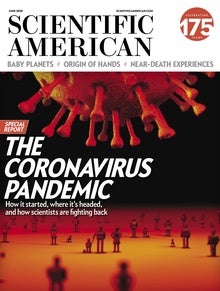



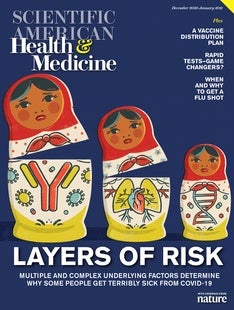

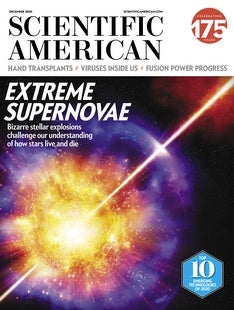
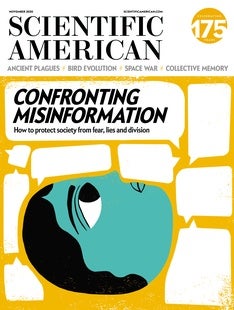




Comments
Post a Comment